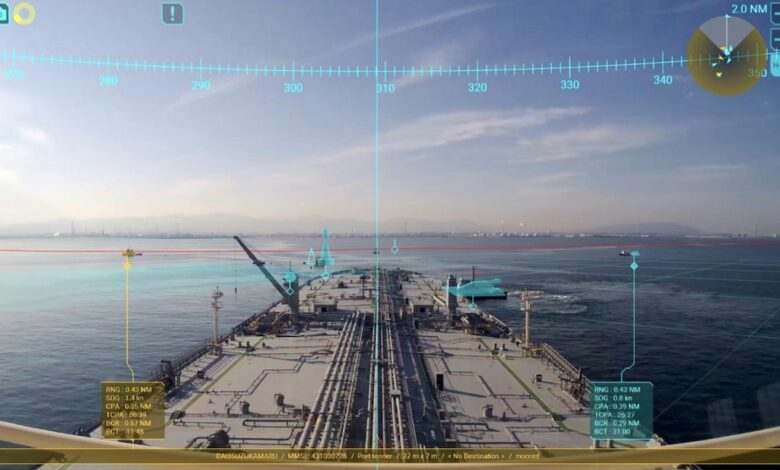Leadership of change

As someone who has always been a proponent of standardisation, the current state of affairs in maritime technology and solutions continues to be a source of weakness argues Frank Coles.
You could argue that innovation through multiple start-ups, protocols, different GUIs, etc, should be helpful in the development of change and modernisation of the industry. Multiple competitors and different approaches should lead to innovation. Survival of the best or mergers should then find their way to an adopted standard.
However, is this really the approach a global industry, which the world relies on in delivering 80% of trade, should be adopting technology, creating change and moving into the next era?
The maritime industry has a United Nations body, the International Maritime Organization (IMO), charged with regulating the industry. It is a limited market (66,000 ships) which makes it niche. With comparisons in the aviation industry of rigorous standards, the counter argument is that maritime should be following a more regimented style of change, technological implementation and standardisation.
There has been a general failure of management of change in maritime
Those that would disagree will argue that this stifles competition and doesn’t allow for innovation beyond the strict regulatory and design requirements. I have several thoughts on this point.
First, maritime is facing several large challenges in the next few years, so it must be incumbent on the leadership to develop a professional, standardised approach to solving these challenges. The current fragmented behaviours will only lead to continued confusion and a disparate approach to solving the problems.
Second, in large part, the technology is already available for automation, for monitoring emissions, for machinery monitoring from ashore etc.. This is not a technology issue. For instance, maritime communications is undergoing disruption with multiple choices available. There are also plenty of weather products, a plethora of engine monitoring systems and great strides are being made in automated ships.
The true innovation (or change) required is in how the industry approaches technology implementation.
This is no different to any company undergoing change. If the leadership does not execute, support and police the transition, the change fails. For maritime to improve its visibility, reputation and to transition into a professional industry it needs to have leadership, tight regulation and most importantly, effective enforcement of the management of change.
These principles should apply to the enforcement of the ESG requirements where self-governing inside the industry should not be an answer. They apply to emissions monitoring, and to a need for a rapid solution to the decision on fuel of the future. It is too easy to avoid enforcement of regulations, be they for crew welfare, ESG compliance or, other safety and operational regulations.
The fact is there has been a general failure of management of change in maritime, especially maritime operations. History has shown, such as in the ECDIS debacle, that regulations that are not tight enough create a confusing array of solutions, which is not acceptable for safety equipment. Now we see the same things being repeated through a lack of leadership at the IMO and elsewhere.
It is a niche industry with a growing infamous reputation for poor environmental impact. The industry doesn’t need multiple start-ups all doing the same thing, it needs clarity of leadership. It needs proper and effective oversight and enforcement of the regulations. It needs clear laser-focused realisation that leaving the regulations too broad, not taking charge and not providing for tight oversight will not create the change necessary in the coming years.
